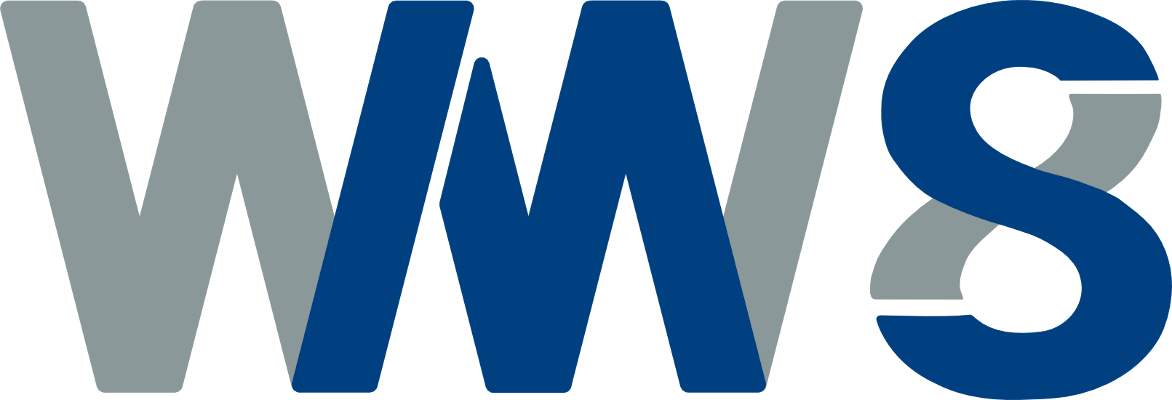Introduction to Topological Data Analysis and an application of brain functional networks
Esther Ibáñez-Marcelo
ISI Turin (Italy)
Wednesday, 13.12.2017, 17:00
WW8, Room 2.018-2, Dr.-Mack-Str. 77, Fürth
Recently a number of techniques rooted in algebraic topology have been proposed as novel tools for data analysis and pattern recognition. The fundamentally new character of these tools, collectively referred to as TDA or topological data analysis, stems from abandoning the standard measures between data points (or nodes, in the case of networks) as the fundamental building block, and focusing on extracting and understanding the “shape” of data at the mesoscopic scale. In doing so, this method allows for the extraction of relevant insights from complex and unstructured data without the need to rely on specific models or hypotheses. Roughly speaking, persistent homology highlights the heterogeneity and disconnections in the fabric of a network thus encoding brain functional cycles, which can then be represented again in network form as homological scaffolds.
In this talk we give an introduction of persistent homology as main tool of TDA and we show some applications on neuroscience. Taking advantage from persistent homology we are able to find functional brain modulations that supports the presence of a functional local brain reorganization under a couple of psycodelic drugs: LSD and psilocybin. That is, generally the edges common across drug and placebo suffer a strong reduction in their persistence with respect to placebo. On the other hand, psilocybin causes a strong reorganization of the local correlational structure.
Finally, we compare the topological results with the network geometrical structure as encoded by a recently proposed measure, obtained from the Foreman-Ricci curvature which describes quasi-local deviations of the local network geometry from the Euclidean one, finding that this curvature can account for short scale topological features but is not able to capture the large scale homological features.

